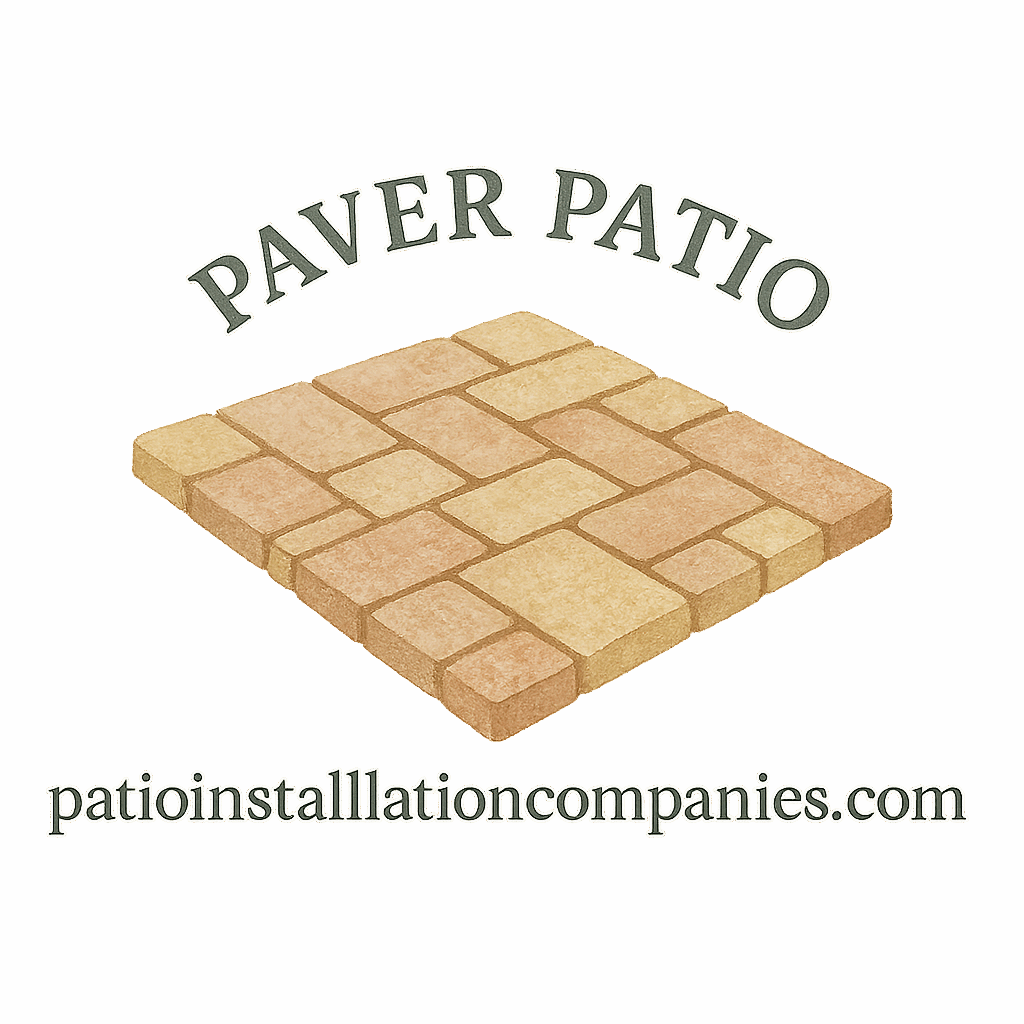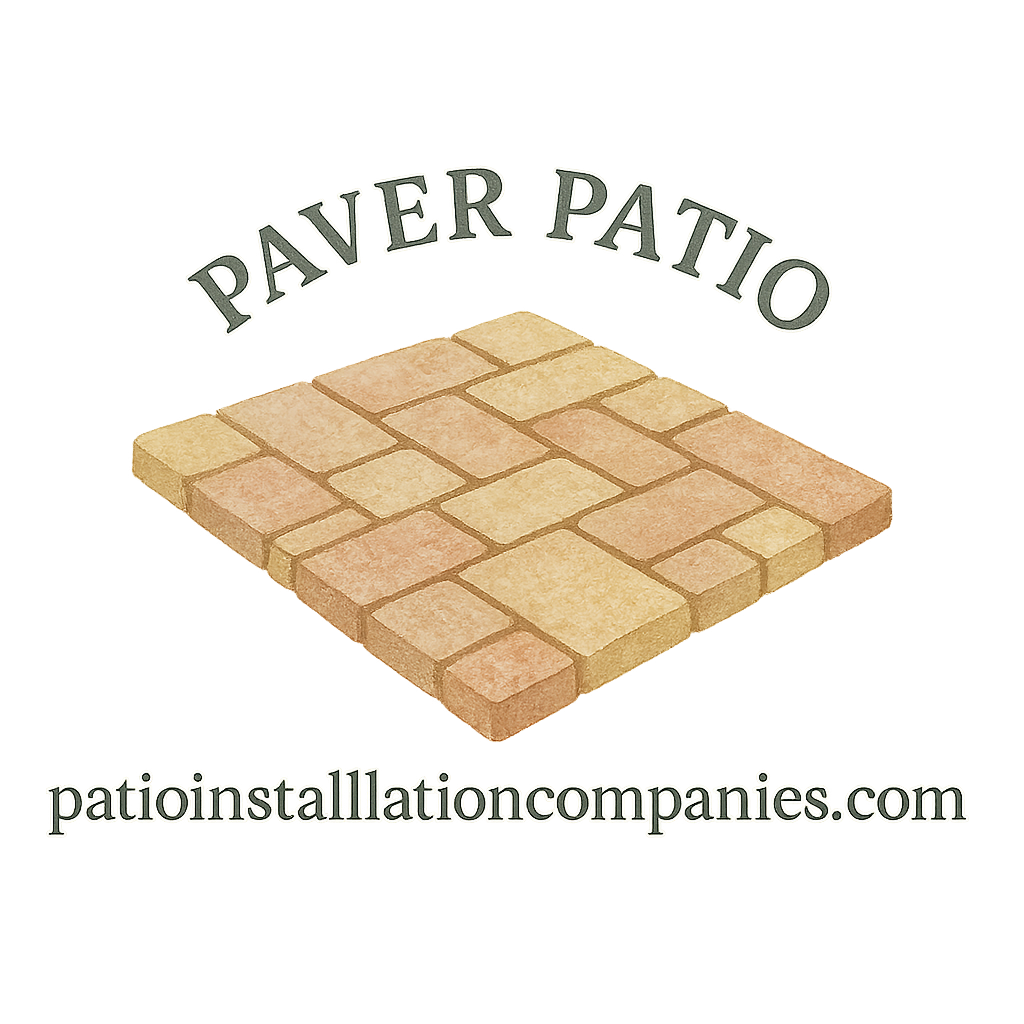Introduction: Why Clean Paver Patios Matter
Let’s face it—paver patios look stunning when they’re clean. But the reality is, outdoor surfaces are constantly battling dirt, weather, foot traffic, and organic build-up. Regular maintenance doesn’t just keep your patio pretty; it also extends its lifespan, protects your investment, and prevents costly damage down the line. The good news? You don’t need harsh chemicals to keep it looking fresh. In fact, there are several safe, effective solutions you can use that won’t harm your pavers—or the environment.
Whether you’re a weekend DIY warrior or just looking to learn the basics, this guide is packed with expert-recommended solutions that really work. Plus, we’ll share insider tips from top-rated patio installation companies and link to relevant resources to help you take your outdoor space to the next level.
Understanding Paver Patio Materials
Before grabbing that bottle of cleaner, it’s worth understanding what your patio is made of.
Why Material Matters When Choosing a Cleaner
Paver patios can be made of concrete, brick, natural stone, or even porcelain. Each of these materials reacts differently to chemicals and moisture. For example, harsh acids can eat into limestone or sandstone, while strong detergents can discolor brick pavers.
To avoid any horror stories, always pick cleaning solutions that are specifically safe for your patio type. And don’t forget to browse through the material choice tag for more in-depth material comparisons.
Common Issues That Dirty Pavers Face
Mold, Mildew, and Algae
Dark, shaded areas are perfect breeding grounds for green and black grime. This is especially true in humid climates where algae thrive.
Efflorescence and Stains
Ever noticed a white, chalky film on your pavers? That’s called efflorescence—salt deposits rising to the surface. It’s totally normal but unsightly. Then you’ve got the usual suspects: food spills, grease, rust, and oil—each requiring different cleaning techniques.
If you’re battling stubborn grime, check out our guide on paver cleaning for additional techniques.
Safe Cleaning Practices for Long-Term Care
Routine Maintenance vs. Deep Cleaning
Not every cleaning job needs to be a full-blown scrub fest. Weekly sweeping and monthly rinsing go a long way. Save the heavy-duty stuff for spring and fall.
Tools You’ll Need Before You Start
- A stiff-bristle broom
- A garden hose or low-pressure washer
- A bucket
- Gloves
- Measuring cups/spoons (for mixing solutions)
- Soft scrub brush for spot cleaning
Check out more outdoor care tips to stay ahead of maintenance issues.
7 Cleaning Solutions Safe for Paver Patios
Alright, let’s get into the good stuff! These are the best cleaning solutions that are both safe and effective.
1. Simple Soap and Water
Good old dish soap and warm water are safe for all paver materials. It’s perfect for general cleaning and light stains.
How to Use:
Mix a few drops of mild dish soap into a bucket of warm water. Scrub the patio using a stiff-bristle broom. Rinse thoroughly with a hose.
2. Vinegar and Water Mix
This natural solution works wonders on mold, mildew, and light efflorescence without damaging your pavers.
How to Use:
Combine equal parts white vinegar and water. Pour over stained areas and let sit for 30 minutes. Scrub gently and rinse.
Caution: Avoid using on limestone or marble pavers—vinegar is acidic and can cause etching.
3. Baking Soda Paste
A gentle abrasive that works great on food spills, grease, and small stains.
How to Use:
Mix baking soda with water until it forms a thick paste. Apply directly to the stain, let sit for 10 minutes, then scrub with a brush.
This tip is especially handy for anyone trying to maintain a pristine look on a budget—check our affordable paver tag for more savings.

4. Hydrogen Peroxide Cleaner
An eco-friendly alternative to bleach that’s safe for most patio materials.
How to Use:
Mix one part hydrogen peroxide with two parts water. Spray or pour over mold/mildew patches. Scrub and rinse thoroughly.
It’s powerful without the toxic fumes.
5. Oxygenated Bleach (NOT Chlorine)
Oxygen bleach is less aggressive than its chlorine cousin but still packs a cleaning punch.
How to Use:
Dissolve ½ cup of oxygen bleach into 1 gallon of warm water. Scrub the surface and let sit for 15–30 minutes before rinsing.
Great for dealing with large areas of staining or algae.
6. Eco-Friendly Commercial Cleaners
Brands like Simple Green and Wet & Forget offer patio-safe formulas. Look for labels that say “safe for stone or pavers.”
How to Use:
Follow the product’s label directions. Always spot test first!
Visit patio accessories to discover cleaning tools that pair well with these products.
7. Pressure Washing (With Caution)
Pressure washing can be a game-changer—but only if done right. Too much pressure can erode paver surfaces and dislodge sand between joints.
How to Use:
Use a fan-tip nozzle with a pressure level below 2000 PSI. Keep the nozzle at least 12 inches away from the surface.
To learn more, explore our post on maintenance & longevity for proper seasonal care.
How to Choose the Right Cleaner for Your Patio
Test Before You Go All In
Always test your cleaner on a small, hidden section before committing. Better safe than sorry.
Matching Cleaners to Stain Type
Use vinegar or peroxide for organic stains, soap for general dirt, and baking soda for grease. For deeper discoloration or oil stains, commercial solutions may be more effective.
If you’re still unsure, explore our patio comparison resources.
DIY vs. Professional Cleaning: What’s Better?
When to Hire a Pro
Deep staining, large patios, or intricate paver patterns might need a professional touch. They’ll use specialized cleaners and equipment without damaging your patio.
Explore more insights on costs and contractors if you’re considering hiring a pro.
Learn More About DIY Savings
Many homeowners prefer DIY for flexibility and cost savings. With the right tools and time, you can get impressive results on your own.
Keeping Your Paver Patio Cleaner for Longer
Sealing and Its Benefits
Sealers protect your pavers from stains, moisture, and UV rays. They also enhance color and texture. Reapply every 2–3 years for best results.
Learn more about smart planning & design choices that affect maintenance needs.
Smart Preventative Measures
- Trim plants away from the patio edge
- Clean up spills immediately
- Use patio rugs or mats in high-traffic zones
Explore backyard enhancements to keep your outdoor space cleaner by design.
Conclusion
A clean patio isn’t just about aesthetics—it’s about protecting your investment and enjoying your outdoor space to the fullest. With these 7 safe cleaning solutions, you can handle anything from muddy footprints to mold without breaking the bank—or your pavers. Whether you choose to go the DIY route or call in a pro, keeping your patio fresh is totally doable with the right approach.
Want more patio tips, tricks, and ideas? Dive deeper into our guides on patio design, outdoor décor, and patio maintenance.
FAQs
1. Can I use bleach on paver patios?
Nope! Chlorine bleach can discolor and damage pavers. Stick with oxygenated bleach or safer natural alternatives.
2. How often should I clean my paver patio?
Light cleaning monthly and deep cleaning 2–3 times a year is usually enough.
3. Is pressure washing safe for all paver types?
Only if done properly. Use low pressure and always keep a safe distance.
4. What’s the best way to remove oil stains?
Try baking soda paste first. For stubborn stains, use a commercial degreaser.
5. Do I need to seal my pavers after cleaning?
It’s a great idea! Sealing keeps your patio cleaner and protects against future stains.
6. Can vinegar damage certain pavers?
Yes, avoid using it on natural stone like limestone or marble—it’s too acidic.
7. What’s the most affordable patio cleaning method?
A mix of soap, water, and elbow grease is the cheapest and surprisingly effective combo. Check out our patio budget tag for more money-saving ideas.


